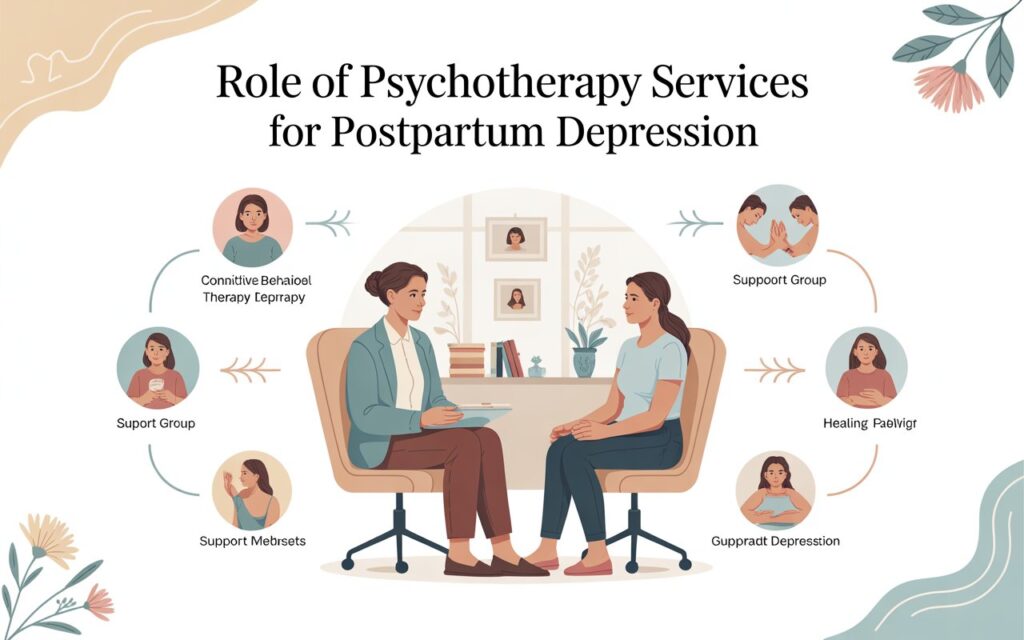Let’s be honest—there’s something powerful about a well-groomed, full beard. It frames your face, adds character, and for many men, it’s a symbol of confidence and masculinity. But not everyone is genetically blessed with thick facial hair, and patchy beards can be a source of frustration. If you’ve tried oils, serums, or even just waiting it out with no success, it might be time to consider a more advanced solution: PRP therapy.
What Is PRP?
PRP stands for Platelet-Rich Plasma. It’s a form of regenerative therapy that uses the natural healing properties found in your own blood. The process involves drawing a small amount of your blood, spinning it in a centrifuge to isolate the plasma rich in platelets, and then injecting it into targeted areas—in this case, your jawline and cheeks where beard growth is lacking.
The idea is simple: platelets are full of growth factors. When injected into the skin, they can stimulate dormant or weakened hair follicles, improve blood supply to the area, and potentially kickstart new hair growth.
How Does PRP Help with Beard Growth?
While PRP is widely used for scalp hair restoration, its application in beard growth is gaining momentum—and for good reason. Here’s how it works:
- Stimulates Hair Follicles: Growth factors in PRP help awaken inactive follicles and extend the hair growth phase.
- Improves Skin and Circulation: PRP boosts collagen production and blood flow, creating a healthier environment for beard growth.
- Reduces Inflammation: Chronic inflammation can stunt hair growth. PRP’s anti-inflammatory properties help calm the area and support healing.
Who’s a Good Candidate for PRP Beard Therapy?
PRP works best for men who:
- Have patchy or uneven beard growth
- Are experiencing thinning facial hair
- Want to enhance beard density naturally
- Have realistic expectations and healthy skin
It may not be as effective for individuals with no follicles in the area at all (e.g., due to scarring or congenital absence), but it can be a great option for improving volume and uniformity in patchy zones.
What to Expect During the Procedure

- Consultation: A specialist will assess your facial hair and discuss your goals.
- Blood Draw: A small amount of your blood is taken.
- Processing: Your blood is spun in a centrifuge to separate the platelet-rich plasma.
- Injection: Using a fine needle, the PRP is carefully injected into areas with sparse growth.
The procedure is relatively quick—usually around 45 minutes—and downtime is minimal. You might experience some redness or slight swelling, but most people return to their daily activities the next day.
How Many Sessions Are Needed?
Most patients need a series of 3 to 4 treatments, spaced 4 to 6 weeks apart. Maintenance treatments every 6–12 months may help keep results going strong.
Does It Really Work?
While individual results vary, many men report visible improvements in beard density, thickness, and coverage within a few months. Clinical evidence is still growing, but early studies and patient testimonials are promising.
What makes PRP appealing is that it’s natural, non-surgical, and uses your own biology—no harsh chemicals or implants involved.
Final Thoughts: Is PRP Right for You?
If you’ve been chasing beard goals without success, PRP therapy could be the game-changer you’ve been waiting for. It’s safe, minimally invasive, and may help unlock your full beard potential using nothing but your own blood.
As with any cosmetic treatment, consult with a qualified provider to determine if PRP is the right option for you. Your dream beard might just be a few sessions away.









